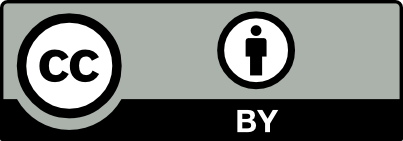Comparative analysis of two rolling methods for producing rail axles
Artykuł w czasopiśmie
MNiSW
5
spoza listy
| Status: | |
| Autorzy: | Winiarski Grzegorz, Bulzak Tomasz, Wójcik Łukasz, Lis Konrad |
| Dyscypliny: | |
| Aby zobaczyć szczegóły należy się zalogować. | |
| Rok wydania: | 2024 |
| Wersja dokumentu: | Drukowana | Elektroniczna |
| Język: | angielski |
| Numer czasopisma: | 1 |
| Wolumen/Tom: | 2 |
| Strony: | 29 - 38 |
| Efekt badań statutowych | NIE |
| Finansowanie: | The research was financed in the framework of the project: Development of new rolling technologies for rail axle forgings, No. LIDER/9/0060/L-12/20/NCBR/2021. Total cost of the Project: 1 466 831.25 PLN. The project is financed by the National Centre for Research and Development under the 12th edition of the LIDER Programme. |
| Materiał konferencyjny: | NIE |
| Publikacja OA: | TAK |
| Licencja: | |
| Sposób udostępnienia: | Witryna wydawcy |
| Wersja tekstu: | Ostateczna wersja opublikowana |
| Czas opublikowania: | W momencie opublikowania |
| Data opublikowania w OA: | 11 października 2024 |
| Abstrakty: | angielski |
| This paper reports the results of a comparative analysis of two rolling methods that were used to produce rail axles. One was cross wedge rolling conducted with the use of flat plates, and the other was skew rolling conducted with the use of three rollers and one chuck. The analysis involved performing numerical calculations based on the finite element method. It was assumed that the part would be made of steel grade C35 and hot formed in a scale of 1:5. Numerical results were used to compare selected parameters of parts rolled by the two methods, including the distributions of stress, strain and Cockcroft-Latham ductile fracture criterion, as well as energy consumption of the two processes. It was found that all the analysed technological aspects primarily depended on the rolling method applied. |

